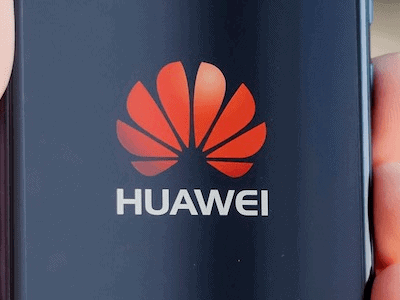With OMX, iPass makes Wi-Fi networks a “super LAN”
Share This Post
iPass, a wireless enterprise mobility solutions provider recently launched Open Mobile ExchangeTM or OMX. The solution is a network of different Wi-Fi clouds over which a service provider can offer data roaming services for their 3G and 4G subscribers. At present 140 Wi-Fi network operators are covered throughout the world. At the backend the solution is managed through four data centres.
What does this mean and what could be its implications on the way we use telecommunications? Let’s try to find out.
First, the iPAss OMX solution will help operators reduce the data load on their networks. Operators can offload network load that has increased sharply and expected to become even more intense as we see mobile broadband being used widely through smartphones and tablets. So, with iPass OMX, 3G and 4G networks can ‘cool down’ a bit.
From the users’ perspective, roaming charges will get reduced. Now, a user will not necessarily have to use another 3G or 4G carrier network while out of the country or away from his / her base city, where his / her service provider does not have coverage. The user can simply switch to Wi-Fi mode using iPass OMX. This means mobile service operators need not interconnect with several other mobile service providers in different countries to allow their customers to remain connected while roaming. Through iPass OMX the user can connect to the Wi-Fi service cloud.
Another change that would occur is that Wi-Fi clouds that were not considered a ‘mainstream’ network so far will become significant. They can now see an assured revenue stream coming in.
From the services delivery perspective, we could see bundled ‘free’ Wi-Fi network access being offered in select cities by some operators. For instance, AT&T and Airtel can offer free usage on each other’s Wi-Fi networks to their subscribers while roaming away from their home cities. So an AT&T New York user might be able to use Airtel’s Wi-Fi network in New Delhi free of charge, and vice versa.
As a mobile user, one more development that may have seemed insignificant so far will occur, suddenly my mobile handset’s Wi-Fi option will become of greater relevance J













